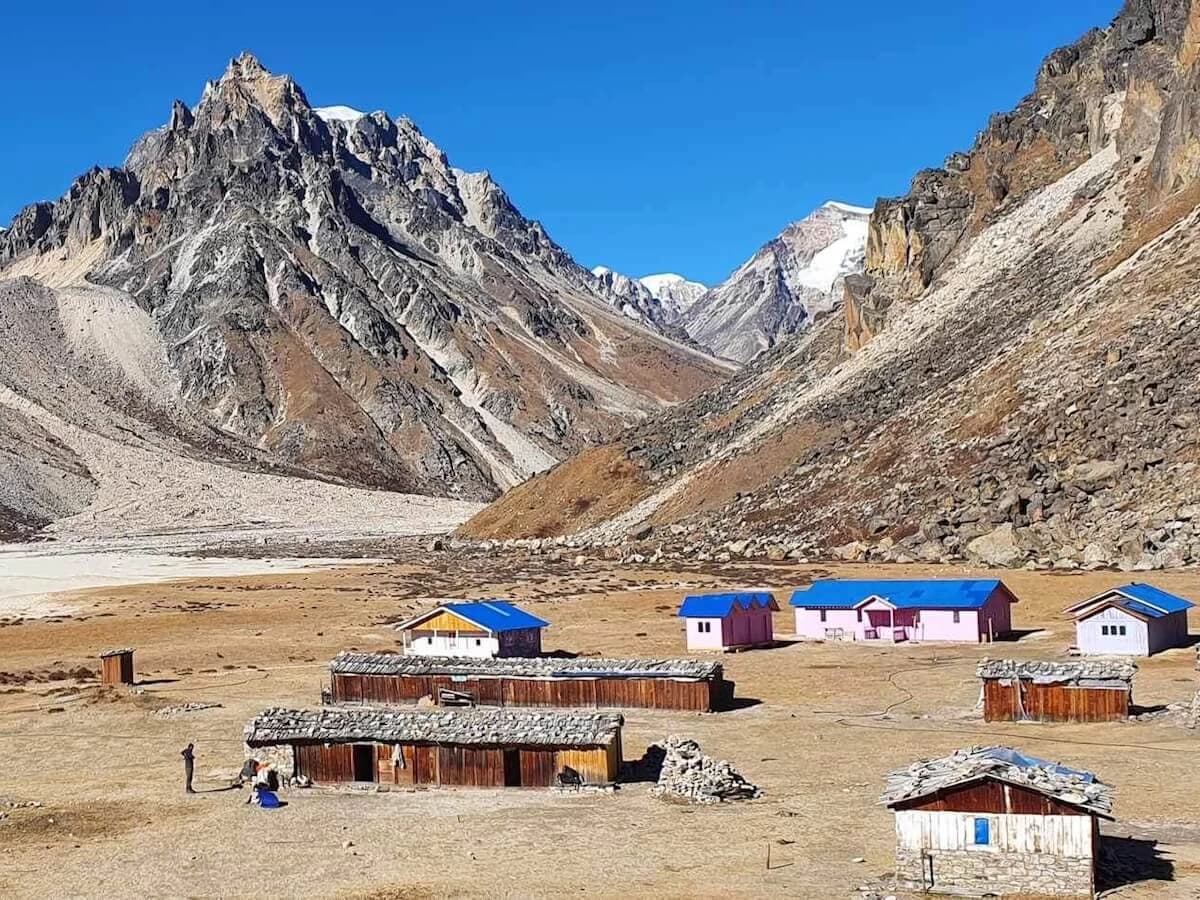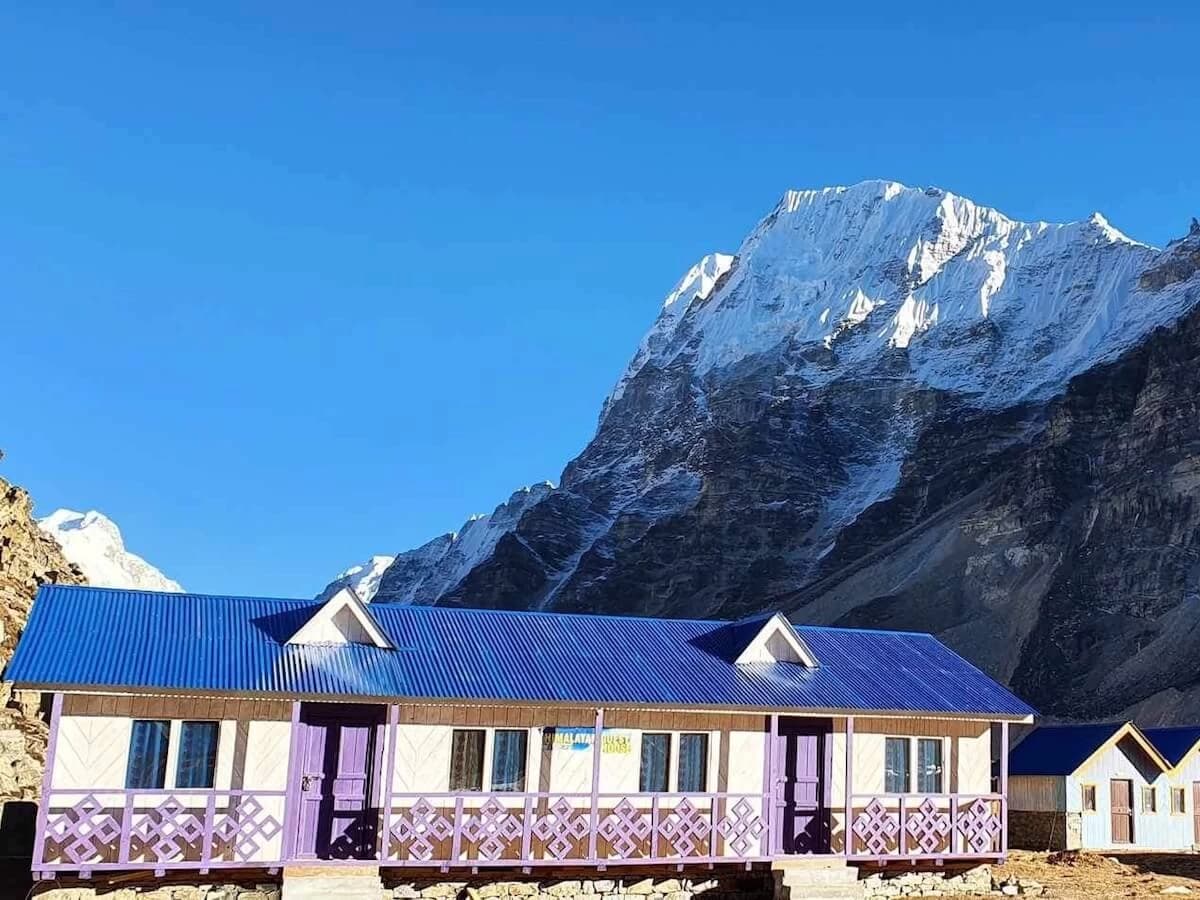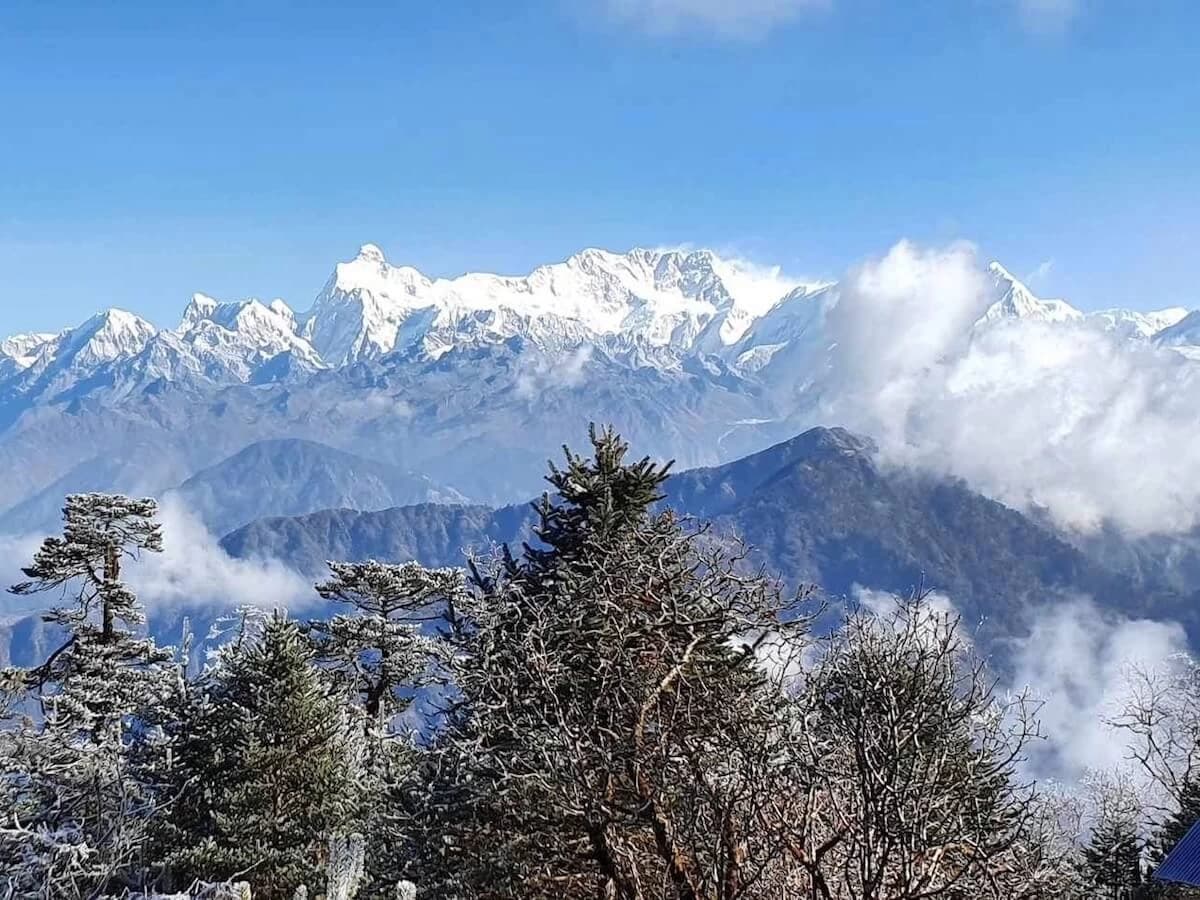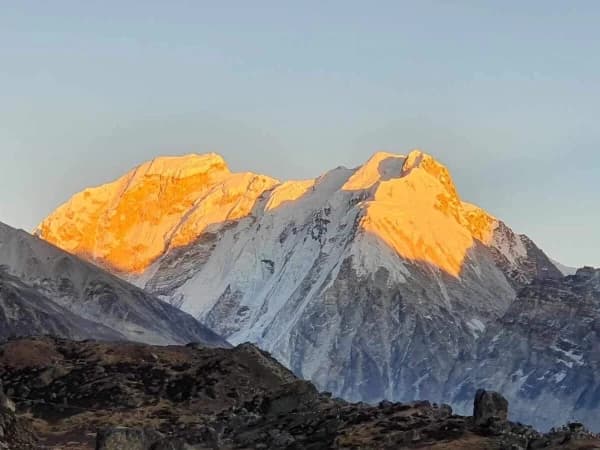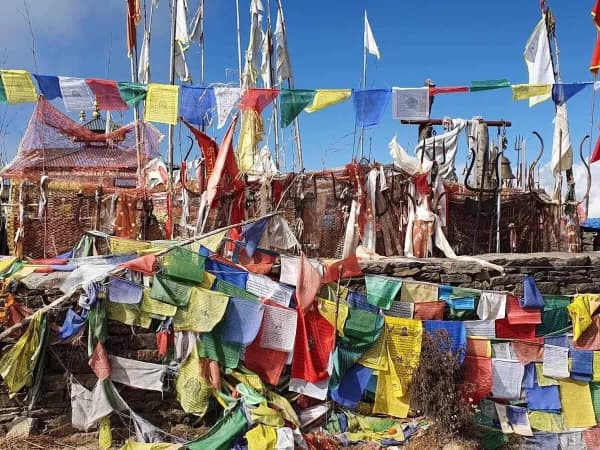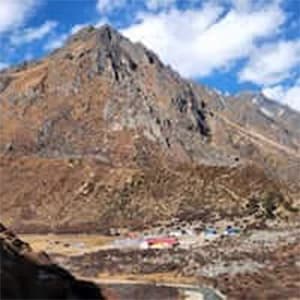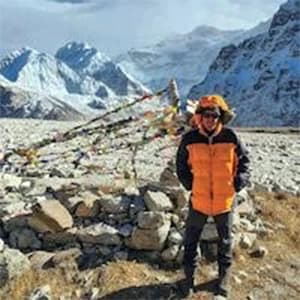Highlights
- Scenic flight from Kathmandu to Suketar
- Remote Villages of Lumbus and Sherpas
- Diverse flora and fauna of Kanchanjanga Conservation Area
- Reaching the base camp of the world’s third highest peak, Mt. Kanchanjanga
- Tranquil trails going past lush forests and Himalayan valleys
- Gorgeous view of Mt. Kanchenjunga (8,586m), Table Shikhar, Gimmigela Chuli, Pyramid Peak and Kirant Chuli
- Experience of crossing Selele La Pass (4,480m), Mirgin La Pass (4,663m), Sinion La (4,660m), etc.
In modest terms, Kanchenjunga, often pronounced as "Kang-chen-zod-nga," translates to "Five Treasures of Snow" and is made up of seven different peaks. Unlike famous trekking destinations like Everest Base Camp Trek and Annapurna Base Camp Trek, Kanchenjunga Base Camp Trek sees far smaller numbers of visitors each year, fascinating adventurers who pursue endeavors beyond the beaten path. Standing at 8,586 meters, Kanchenjunga ranks as the third uppermost peak worldwide, offering spectacular scenery and rivers to go with its royal presence in eastern Nepal.
Trekking in the Kanchenjunga area presents a noteworthy challenge. It's rated as energetic on the challenging scale, yet the gratifying experience it offers is supreme in Nepal. Trekking and climbing excursions in this area increased in popularity from the last half of the twentieth century. Though, it wasn't until 1988 that the Nepalese government formally opened this peak to international climbers, permitting them to discover this new escapade.
The trek will take you through the original vegetation and ethnic villages settled by Rai and Limbu groups, among others. Historically, the inhabitants of this remote area traded crucial items like salt, food, and clothing with Tibet. Currently, these communities often travel to eastern Nepalese towns like Jhapa and Ilam to get everyday goods and services.
As the eastern entrance to The Great Himalayan Trail (GHT) in Nepal, the Kanchenjunga region boasts a variety of flora and fauna. During your trek, you may encounter blue sheep, musk deer, mountain bears, and numerous other wildlife species. Along the way, you'll also be treated to superb views of iconic peaks such as Everest, Chamlang, Makalu, and, of course, Kanchenjunga itself. As you climb to higher elevations, the path takes you through mountain fields, thick subtropical forests, and winding valleys, offering a truly captivating natural experience.

To embark on this journey, you'll first fly from Kathmandu to either Biratnagar or Bhadrapur, then drive to Basantapur or Suketar. Along the drive, you'll see various organic regions, displaying the geographical prosperity of this route. Passing over approximately three weeks, the trail wanders through awesome sceneries and diverse lands until you reach the northern base camp. Following sightseeing of this extraordinary region, you'll trek ahead to Taplejung and catch a flight back to Kathmandu. If you have an extra day, consider a Kathmandu Day Tour to Chandragiri Hills for wonderful views and a peaceful escape from the city. If you want to venture to the south base camp and at the regal Yalung Glacier, provisions must be made with us before your departure.
A visit to Kanchanjanga is a formidable trek into the grandeur of an eight-thousander of Nepal. The best time to visit Kanchanjanga is from spring to midsummer and in autumn. Orbit Alpine Adventure has proposed 17 days’ itinerary for an epic trek to Kanchanjanga Base Camp. The other popular trekking packages in Kanchenjunga region are Kanchenjunga Selele Pass Trekking, Kanchenjunga Base Camp trekking Bokta Peak Climbing and Kanchenjunga Milke Danda Trekking. For more details and appropriate itinerary, contact us via email, phone call, WhatsApp or online booking services.
A trip to Kanchenjunga explains the glory of one of Nepal's high eight-thousands’. The ideal times for sightseeing in Kanchenjunga are from spring to midsummer and in autumn. Orbit Alpine Adventure offers a complete 17-day itinerary for a memorable trek to Kanchenjunga Base Camp. Moreover, we provide other popular trekking packages in the region, including Kanchenjunga Selele Pass Trekking, Kanchenjunga Base Camp Trekking with Bokta Peak Climbing, and Kanchenjunga Milke Danda Trekking. For additional details and appropriate itineraries, reach out to us via email, phone call, WhatsApp, or our online booking services.
